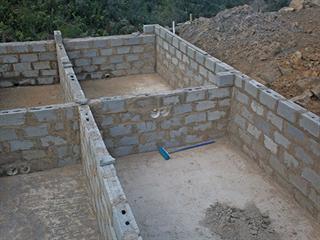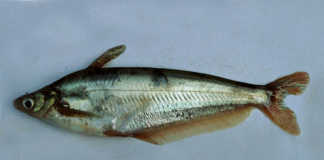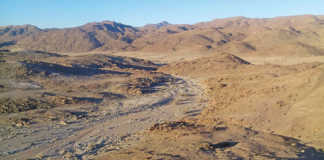
The bi-annual conference of the Aquaculture Association of Southern Africa was hosted by Stellenbosch University this year. While the event was predominantly marine-focused, with presentations on abalone, dusky kob and shellfish culture, there were also presentations on trout, tilapia, and ornamental fish. Marine aquaculture has taken off in recent years, with several industrial-scale operations along our rather hostile coastline. Most of these are either shellfish culture operations utilising sheltered water in locations such as Saldanha Bay and the Knysna Lagoon, or pumped-ashore systems.
East London’s industrial development zone is host to two dusky kob projects. Although they contribute significant tonnages to the edible fish market, both are still of questionable financial viability at this stage. Turning to freshwater aquaculture, Professor Abdel-Fattah El-Sayed from the University of Alexandria gave a thought-provoking overview of tilapia culture in Egypt. It is often thought that this country is hotter than South Africa, but this is not altogether true. Alexandria lies at 31°N – approximately the same latitude as the Gariep Dam is south of the equator.
Winter water temperatures are frequently below 10°C for several months – very similar to South Africa’s southern coastal regions. Despite this, Egypt is today the world’s second-largest tilapia producer, with more than 600 000t produced annually. Nearly all of this comes from small-scale producers. The recurring excuse that South Africa’s water temperatures are too low for tilapia culture therefore doesn’t… well, hold water. While tilapia-producing Asian countries such as Thailand and Indonesia bask in warm equatorial temperatures year-round, others such as Bangladesh and Egypt don’t.

Filling the filter system. Filtration should be high-volume, gravity-fed, robust – and simple!
The question, then, is why is South Africa lagging behind? At the conference, delegates identified ‘fixation with technology’ as a problem with local tilapia culture. This leads to poorly designed systems, with inadequate filtration and incorrect grow-out tank design. Another factor is the use of low-quality stock. Often, systems are not energy-efficient, and the sale price for the final product, coupled with limited production quantities, does not justify the initial investment or running costs. Anyone interested in investing in a warm-water fish culture system should demand to see a working example. If the promoter of such a system cannot come up with this, warning bells should start ringing.
Simpler is better
Most of the production in Egypt comes from semi-intensive pond culture, with some re-circulation where water is in short supply. These systems are simple, robust, user-friendly, and made of locally available materials, with little to go wrong.
Elaborate electrically-powered filter technology may be enticing, but these systems require uninterrupted power supplies as well as highly efficient servicing and spares backup – all of which tend to be promised but not delivered. I’ve seen enough failed bio-drum filters, drum sediment-separators and other devices to know!
Let those successful fish farmers in Egypt teach us a lesson – we don’t need inappropriate First World technology to make money with freshwater aquaculture.
Nicholas James is an ichthyologist and hatchery owner.













